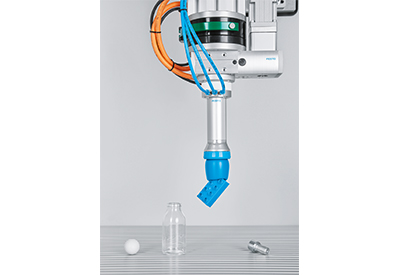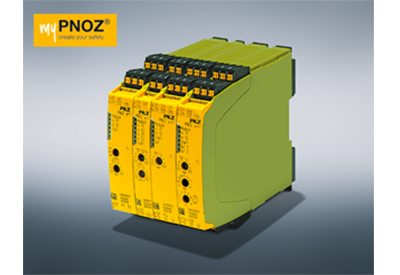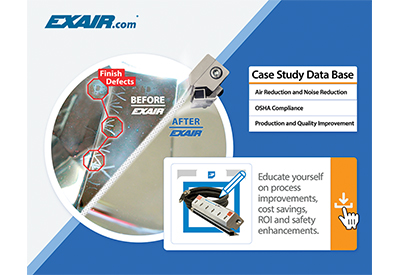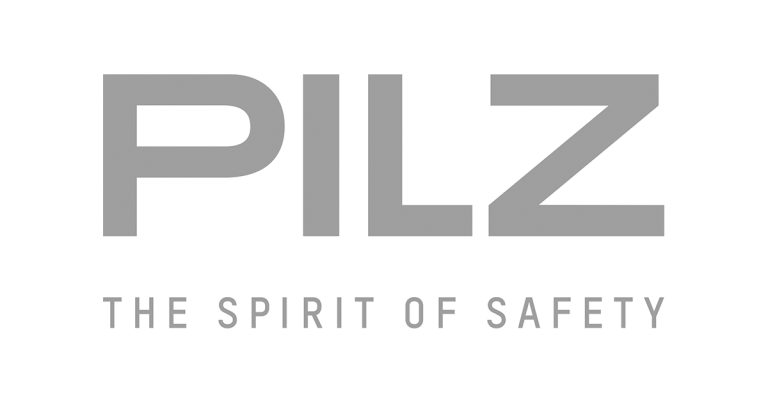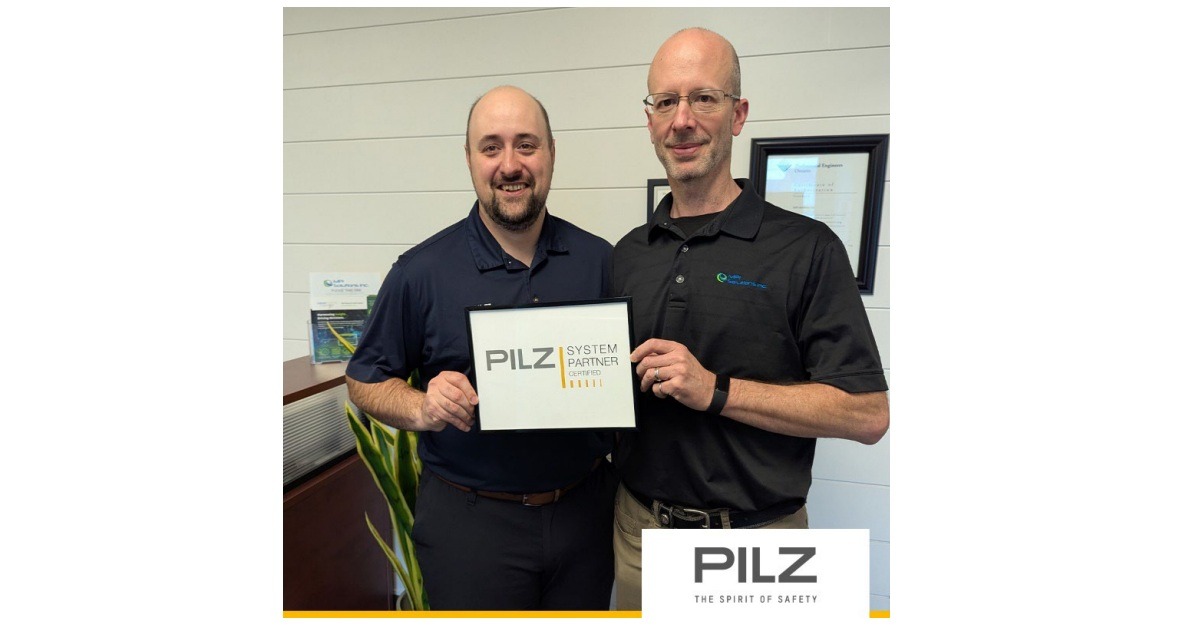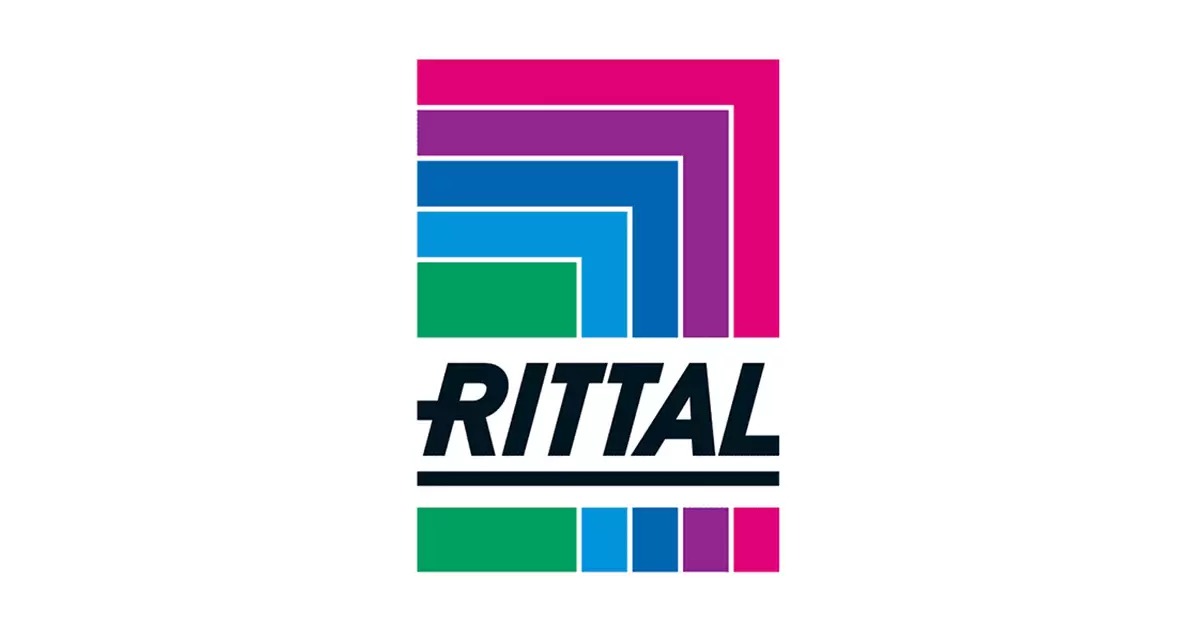SICK Reaches Forecast Targets for 2019 – Solid Growth and Major Investments in Research and Development
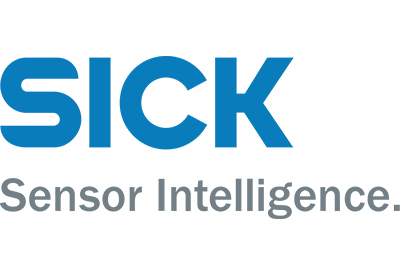
May 6, 2020
SICK continued growing in a challenging market environment. Group sales by the sensor producer increased by 7 percent to EUR 1,750.7 million during the 2019 fiscal year (2018: EUR 1,636.8 million). Growth was thus considerably higher than the average for the sensor industry, estimated as -1 percent for 2019 by the AMA Association for Sensors and Measurement. SICK again received a high level of orders – amounting to EUR 1,774.1 million in 2019 (2018: EUR 1,701.0 million). The number of employees worldwide increased by 2.6 percent to 10,204.
The growth in sales, in addition to measures introduced to increase efficiency, contributed to an increase in EBIT of 13.1 percent to EUR 132.9 million which, as a proportion of 7.6 percent of total sales, remained at a high level. SICK could thus meet its forecast targets for the 2019 fiscal year, despite the company facing a downturn in the global economy, a deepening of global trade conflicts, and a difficult market situation in factory automation in general and the automotive sector in particular. SICK nevertheless continued to follow its innovation strategy and again invested a high proportion of its sales, 11.5 percent, in research and development.
“Many industries are facing a radical structural change and increasingly dynamic digitalization. SICK is adhering to its high level of investments in research and development in order to continue to drive forward new technologies alongside our traditional automation business. This is the only way that we and our customers can exploit the opportunities of digital technologies to enable us to react agilely to rapidly changing economic conditions,” Dr. Robert Bauer, CEO of SICK AG, commented when the balance sheet figures for 2019 were published. Most of the Start-Up Initiatives founded in 2018 have already reached market maturity and contributed to sales with their solutions, for example AI-supported camera sensors or systems for automated guided vehicles in intralogistics.
Major market differences in demand for sensors and application solutions
The orders received and sales in the individual business divisions and regions were highly heterogeneous, reflecting dynamic economic developments. While worldwide demand fell in Factory Automation, SICK was able to gain market share in Logistics Automation and Process Automation. This broad positioning enabled the company to compensate for stagnation in individual segments. In addition to the presence in established markets, sales activities in the world’s growth regions also contributed towards further increasing sales.
Sales in the domestic market of Germany were slightly lower than in 2018, decreasing by 0.6 percent. The reluctance of German companies to make investments was responsible for lost sales, in particular in the automotive industry. The fiscal year was considerably more stable in the sales region of Europe, the Middle East and Africa (EMEA). Despite the slowing economy, SICK achieved an increase in sales of 7.9 percent here, where business – especially in Italy, Austria, Sweden and Norway, as well as the United Kingdom – provided a positive impetus. Sales growth of 7.6 percent in North, Central and South America (Americas) was at a similar level. SICK was able to take advantage of further increased demand in intralogistics and transport logistics as well as in the oil and gas industries. The strongest growth region worldwide remained the Asia-Pacific region, where development was dynamic. With growth of 11.3 percent, SICK achieved a double-digit increase in sales again in 2019, with business volumes rising in China and Japan in particular. Currency effects had a slightly positive influence on the development of corporate sales during the 2019 fiscal year.
High profitability provides a stable basis for turbulent times
Earnings before interest and taxes (EBIT) increased from EUR 117.5 million to EUR 132.9 million during the 2019 business year. This development was supported by easing on the procurement markets and the subsequent fall in extraordinary expenditures to ensure delivery capability. Together with the satisfactory growth in sales, SICK achieved high profitability again in 2019.
A continuing high level of expenditures and investments are vital to ensure sustainable growth in a volatile market environment. The high profitability of the SICK Group also safeguards the future investments necessary to secure its market position and innovative leadership. Moreover, it gives the company stability during the current coronavirus pandemic, which will have unforeseeable economic effects on the 2020 fiscal year.
Revenue-generating innovations from the Start-Ups and existing business
As has been the case in recent years, SICK made major investments in research and development during the 2019 fiscal year. The company spent a total of EUR 202.0 million – 11.5 percent of sales – on R&D activities (2018: EUR 192.5 million). SICK has expanded its product portfolio for existing business in order to ensure that it is even better prepared for fluctuations in individual markets with greater diversification of its range. Product development focused on the networking capability of sensors in the context of Industry 4.0, as well as data sovereignty. SICK sensors are increasingly developing towards sensor intelligence with the integration of application knowledge in the software of individual products, and the possibilities offered by more powerful processors and data storage technologies.
The Start-Up Initiatives were also highly dynamic, and were able to acquire customer projects and achieve sales. An application involving camera sensors in a neuronal network, for example, was continuously trained by means of deep learning algorithms and could thus be used for package recognition in logistics.
SICK now has more than 10,000 employees worldwide
Accompanying the growth in sales, the number of employees also increased slightly, by 2.6 percent, during the 2019 fiscal year. 10,204 employees are now active at SICK sites worldwide, of which 1,310 are involved in research and development. Human resources work was largely characterized by the continued buildup of competences to meet the challenges posed by the digital transformation, the need for agility, and increasing complexity. SICK’s continuously high expenditure on training and further education is designed to open up for its employees the opportunities offered by the digital transformation in a highly innovative environment.
High levels of orders received during the first quarter of 2020 – forecasting uncertain due to the coronavirus pandemic
The overall economic conditions were already challenging before the spread of COVID-19. During the initial months of 2020 SICK was able to continue achieving satisfactory levels of sales and orders received. The company observed the start of this coronavirus pandemic, as well as the shutdowns in many countries, with great concern and promptly implemented measures to protect its employees, the company itself, and to retain delivery capability.
The worldwide effort to slow the spread of this viral infection is a challenge that the world community has never faced before. The economic effects are currently impossible to estimate. It can, however, already be seen that the orders situation and business development during 2020 will be considerably impaired by the medical and economic crisis. But demand for automation solutions, e.g. in logistics, remains high even in the current situation. SICK can continue to use its innovative portfolio of products and services to support companies to overcome restrictions in business processes after the crisis. With its solid financial basis, the SICK Group is promisingly positioned to master this challenging phase.


